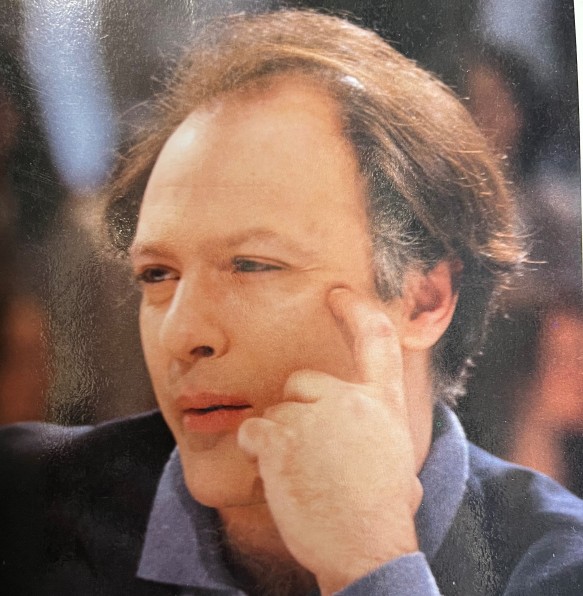The recent death of writer, translator and columnist Javier Marías (1951-2022) has deeply saddened the literary world. His unique style of writing, his wittiness and his exquisite command of language (in Spanish and in English) won him numerous accolades and many followers both in Spain and abroad. His death on 11 September at the age of 70 came far too early for a writer in his prime who many believed was an obvious candidate for the Nobel prize in Literature.
Javier Marías graduated in Philosophy and Literature from the Complutense University of Madrid. He taught Spanish literature and translation theory at the University of Oxford between 1983 and 1985, at Wellesley College in Massachusetts in 1984, and at the Complutense University of Madrid between 1986 and 1990.
He made his debut as a writer at the age of nineteen with his novel Los dominios del lobo and had an extensive and prolific career. Translation shaped and influenced his work. Throughout his career, he expertly translated Joseph Conrad, Thomas Hardy, Thomas Browne, Vladimir Nabokov and Lawrence Sterne, amongst other writers (he won the Fray Luis de León national translation award for his translation of Sterne’s Tristram Shandy in 1979).
His works have been translated into more than forty languages and published in over fifty countries. He wrote sixteen novels, eight essays and six short stories, as well as his regular weekly column for the Spanish newspaper El País. In 2006, he was elected to the Real Academia de la Lengua Española (Royal Spanish Academy), the institution responsible for preserving the unity and effective use of the Spanish language in the Spanish speaking world. And, in 2021, he became a member of Britain’s Royal Society of Literature as an International Writer, the first Spanish writer to obtain this distinction.



The University Library has good coverage of his works in Spanish as well as in English translation. His best-known works appear below, listed in order of appearance more or less:
- Los dominios del lobo (9002.d.2638, available here)
- Travesía del horizonte (9001.d.2771, available here)
- El monarca del tiempo (744:39.c.200.371, available here)
- El Siglo (744:39.c.200.317, available here)
- El hombre sentimental (9001.d.2772, available here)
- Todas las almas (9000.d.3879, available here)
- Corazón tan blanco (9006.c.393, available here)
- Mañana en la batalla piensa en mí (Library Storage Facility, available here)
- Negra espalda del tiempo (C206.d.6260, available here)
- Tu rostro mañana 1. Fiebre y lanza (744:39.c.200.301, available here)
- Tu rostro mañana 2. Baile y sueño (744:39.c.200.302, available here)
- Tu rostro mañana 3. Veneno y sombra y adiós (744:39.c.200.303, available here)
- Los enamoramientos (C205.c.8016, available here)
- Así empieza lo malo (C209.c.6900, available here)
- Berta Isla (C214.c.5164, available here)
- Tomás Nevinson (C217.c.353, available here)
The Library also has electronic access to his works Lección pasada de moda: letras de lengua (Digitalia Hispánica, available here) and Donde todo ha sucedido: al salir del cine (Digitalia Hispánica, available here). You can see a list of English translations of his works clicking here.
Sonia Morcillo




